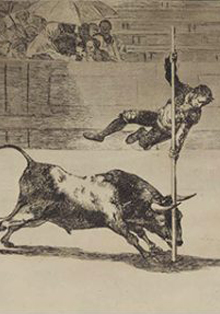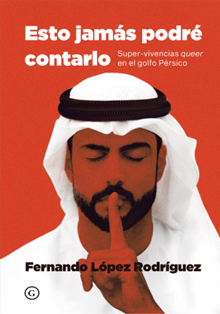From Friday 23 June until 3 September, the Real Academia de Bellas Artes de San Fernando presents the exhibition Goya/Picasso. Tauromaquias, which proposes a review of the meanings of the graphic series of both artists on bullfighting, the traces or sequences of affinity and their manifest divergences.
Organised by the Real Academia and the Fundación Bancaria Unicaja, it forms part of the collaboration agreement signed by both entities with the aim of promoting, planning and executing shared exhibitions, presented in itinerant exhibitions at their respective venues in Madrid and Malaga, in this case also with the collaboration of the Museo Casa Natal Picasso in Malaga.
As an exceptional event, the exhibition includes all the copper plates of Goya’s Tauromaquia, etched and aquatinted between 1814 and 1816, which have never been exhibited in their entirety until now. The Academy brings the thirty-three intaglio plates, seven of them engraved on both sides, together with the first complete edition, published in 1816. In addition, it adds the seven discarded prints, excluded from the first two editions and incorporated from the third (1876), making up a series of forty images of bullfighting matters. The Academy also incorporated four excellent copies of the Bulls of Bordeaux, drawn in lithographic pencil by Goya between 1824 and 1825.
A decade before the Civil War, Gustavo Gili Roig commissioned Picasso to produce a bibliophile edition of Tauromaquia or the Art of Bullfighting, a treatise written by the bullfighter José Delgado, alias Pepe-Illo, and printed in Cadiz in 1796. Initially, Picasso opened eight etchings and drew some sketches that remained unpublished. In the spring of 1957 he revived the project at La Californie, his villa in Cannes, etching twenty-six etchings with sugar. Two years later, Gili junior – Gustavo Gili Esteve – published La tauromaquia de Picasso by Ediciones de la Cometa, adding a drypoint engraved cover to the twenty-six prints.







